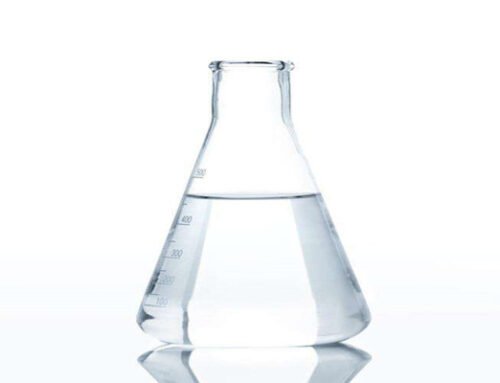Development status of global ammonium polyphosphate and phosphorus-containing flame retardants
In recent years, due to the impact of decabromodiphenyl ether and hexabromocyclododecane being listed as persistent organic pollutants, the development of halogenated flame retardants has been greatly affected, and thus halogen-free flame retardant Agent concept. Corresponding to halogen flame retardants, the emergence of this concept has promoted the development of research and manufacturing of many halogen-free flame retardants including phosphorus flame retardants. After 2005, the price of bromine continued to rise, which was in sharp contrast to the stable price of domestic phosphorus resources, which caused the price gap between the two to increase rapidly. Even the price of brominated flame retardants was once higher than most phosphorus It is more than double the price of flame retardants. Therefore, the increase in the price of brominated flame retardants has promoted the rapid growth of the market for phosphorus or phosphorus nitrogen flame retardants from 2005 to 2012.
In 2012, China’s flame retardant consumption was about 474,000 tons, of which phosphorus flame retardants accounted for the largest proportion, totaling about 179,000 tons, 90,000 tons of consumption in 2008, a growth rate of 16.4%. There are many reasons for the rapid growth of the phosphorus-containing flame retardant market. We believe that the most important reason is that the price of bromine flame retardants, its main competitor, has risen, followed by the downstream market, and the third is the impact of policies and regulations.
First, the price increase of bromine-based flame retardants has led to rapid growth of phosphorus-containing flame retardants. The global brominated flame retardant giants are concentrated on Yabao, Kejuya and ICL. Since 2010, the three major companies have continuously increased their prices of flame retardants and bromine-related products. As the prices of brominated flame retardants continue to rise, the consumption of phosphorus-containing flame retardants will inevitably be stimulated, and the growth of the consumption market of phosphorus-containing flame retardants will be promoted.
Secondly, the rapid development of the downstream industry has driven the consumption growth of phosphorus-containing flame retardants. The consumption ratio of halogenated phosphate esters and halogen-free phosphate esters in China’s phosphorus-containing flame retardants accounts for 74% of the consumption of phosphorus-containing flame retardants. It is mainly used in building insulation materials, fireproof coatings, adhesives and copper clad laminates, composite materials, etc. The field of rapid development, in which halogen-free phosphate esters are widely used in PC / ABS alloys; ammonium polyphosphate is mainly used in fireproof coatings and general plastics; hypophosphite is mainly used in engineering plastics such as polyamide and polyester; red Phosphorus flame retardants are mainly used for engineering plastics and general plastics flame retardant; Phosphorus phenanthrene flame retardants are mainly used for copper clad laminates.
China has started to study the synthesis and application of ammonium polyphosphate since the 1980s. In recent years, the development has been particularly rapid. In 2003, the consumption of domestic ammonium polyphosphate reached 8 thousand tons, while in 2012 it reached 26,000 tons, showing a continuous growth trend. With the strengthening of national requirements for flame retardant technology, in the future development, phosphorus flame retardants will continue to play a role of steady development due to their price advantage.





